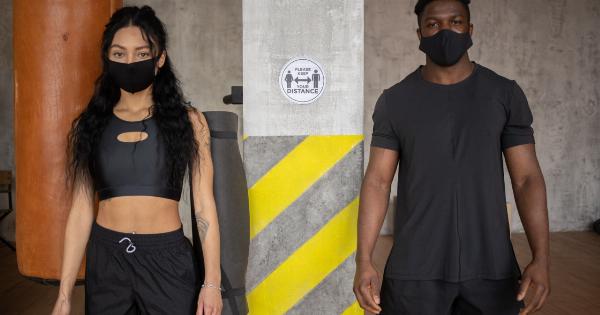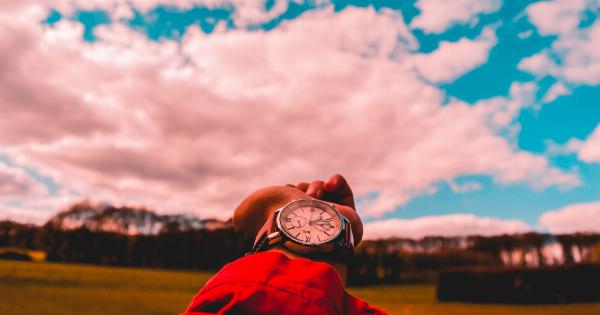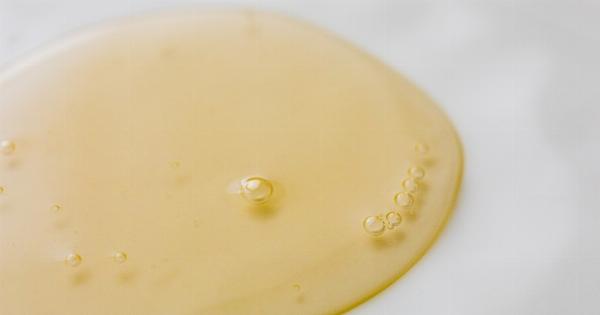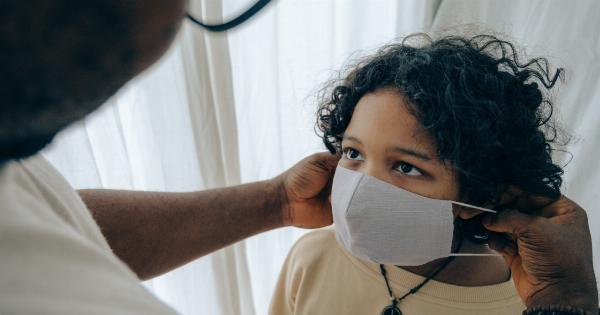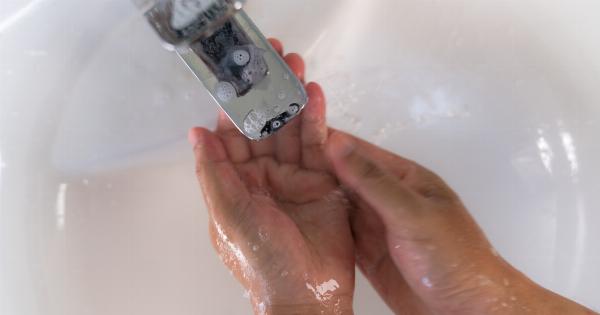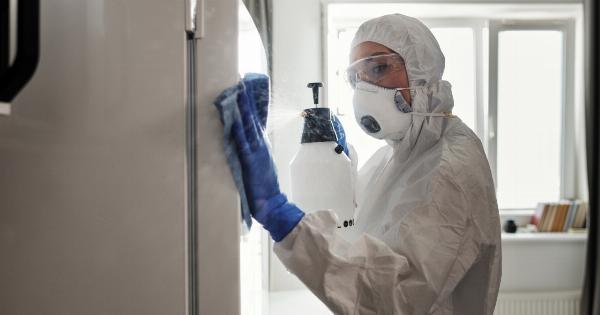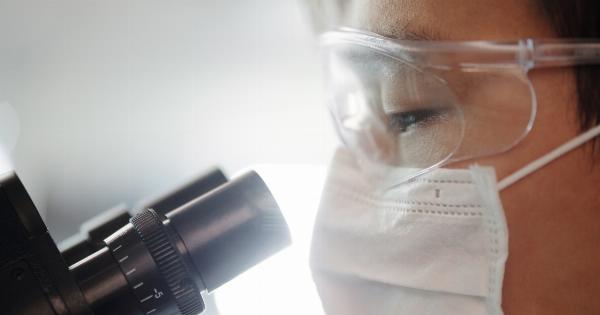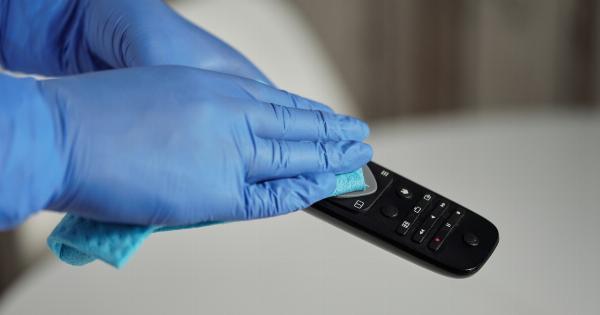The COVID-19 pandemic has created a lot of uncertainty around the world, and people are constantly concerned about staying safe.
The virus spreads through respiratory droplets released when someone talks, coughs or sneezes, but it can also remain on surfaces for long periods, making it easy for individuals to get infected.
One area of concern is how long the virus can last on human skin and if it is contagious even after it has been wiped off. Studying the virus’s longevity on different surfaces is an ongoing process for scientists worldwide.
In this article, we will look at existing research on how long the virus can last on human skin and what precautions you can take when in public.
What is the lifespan of the virus on human skin?
A study published in the Clinical Infectious Diseases Journal by researchers from the Kyoto Prefectural University of Medicine found that the virus could last on human skin for up to nine hours.
It highlighted that the virus’s survival on human skin is longer than influenza viruses and could be a factor in the increasing number of cases globally.
However, it’s essential to note that the study’s focus was on the use of hand disinfectants as protective measures.
The study suggested that after administering alcohol-based hand sanitizer with a 80% ethanol concentration can kill the virus within 15 seconds.
Is Kronovirus contagious if it is present on the skin?
The COVID-19 virus’s primary method of transmission is through respiratory droplets from an infected person. However, the virus can still be contagious even after it has been wiped off human skin.
Research suggests that the virus’s ability to remain on surfaces for long periods can result in its transmission through skin-to-skin contact.
It’s important to note that the probability of transmission is much lower than when someone is exposed to respiratory droplets.
However, everyone should be cautious and follow recommended precautions, such as regular hand washing, wearing masks in public, and maintaining physical distancing to reduce the risk of transmission.
What precautions can you take to reduce the risk of transmission?
Reducing the risk of contamination starts with personal hygiene and following recommended protocols from public health organizations. Below are some actionable steps you can take to reduce the risk of infection.
Washing your hands regularly
Regular hand washing with soap and water is one of the most effective ways of preventing the spread of the virus.
It’s essential to wash your hands for at least 20 seconds, covering all areas of the hand, including the palms, backs of your hands, fingers, and under the nails. If you’re out in public and don’t have access to soap and water, use a hand sanitizer with a high alcohol concentration.
Maintaining physical distancing
The COVID-19 virus spreads primarily through respiratory droplets when an infected person coughs, sneezes, or talks. Maintaining physical distancing of at least six feet from an infected person reduces the transmission risk.
Avoiding large gatherings or close contact in public places is also an effective way of reducing your chances of contracting the virus.
Cover your mouth and nose
Covering your face with a mask or a cloth covering can prevent the transmission of respiratory droplets that can carry the virus. When in public, wear a mask at all times, and ensure that it covers your nose and mouth correctly.
This not only protects you from getting infected but also reduces the transmission risk if you are asymptomatically infected.
Avoid touching your face
The virus can enter your body through the eyes, nose, or mouth. Touching your face with unwashed hands can increase the chances of infection. Avoid touching your face at all times, and if you must touch your face, wash your hands first.
Cleaning surfaces regularly
Cleaning and disinfecting surfaces regularly is crucial in reducing the transmission of the virus. Disinfect frequently-touched areas such as doorknobs, countertops, and electronic devices like mobile phones or laptops.
Use disinfecting cleaners or alcohol-based solutions that have a minimum of 70% ethanol concentration.
Conclusion
The COVID-19 virus can last on human skin for up to nine hours, but this lifespan can be reduced by practicing proper hand hygiene and using hand sanitizers with high alcohol concentration.
Although the risk of transmission through skin-to-skin contact is lower than the transmission through respiratory droplets, it’s still crucial to maintain physical distancing, wear masks, and avoid touching your face. By following recommended precautions and staying informed about the virus, you can reduce your risk of infection and stay safe.











